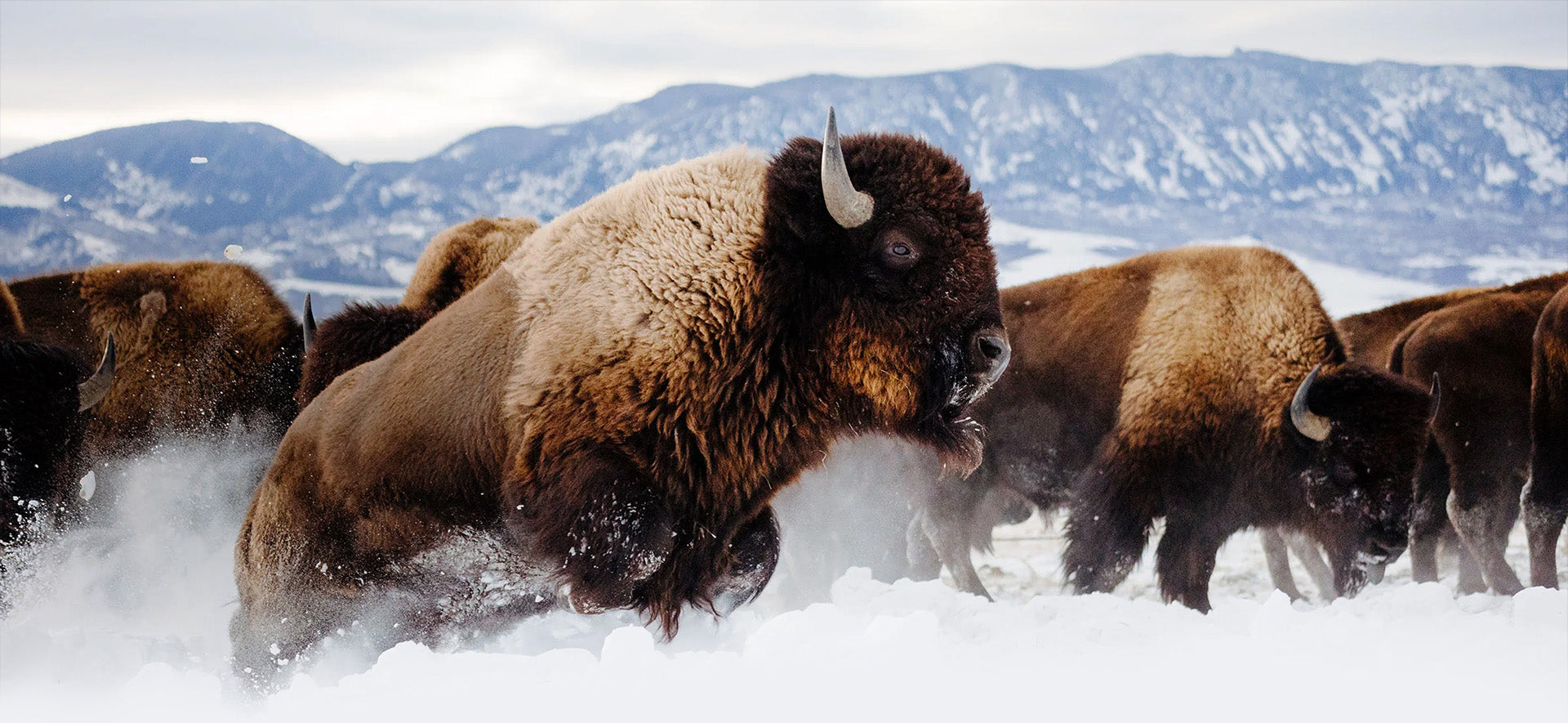RESPONSIBLE RANCHING
SUSTAINABLE BISON RANCHING AND CLIMATE
The Big Horn Bison Ranching system is eager to support the Growing Climate Solutions Act passed by the U.S. Senate on June 24th, 2021. Big Horn Bison sees this act as a “win-win” solution for its ranching system, the conservation of our environment, the preservation of the Great American Bison, and a major step in making a change in the Global Climate Crisis.
Big Horn Bison cares about the conservation of our environment and the future of our bison. Big Horn Bison is excited to begin all of our ranching systems on a foundation built to preserve our environment. Big Horn Bison plans to practice holistic regenerative grazing. We intentionally selected the lands for our ranching system to ensure their historical and ecological significance by removing all non-native livestock and repopulating them with their natural inhabitants.
The Growing Climate Solutions Act has allowed the Big Horn Bison ranching system to easily participate in the carbon credit market. Big Horn Bison will utilize the science-based best practices to measure, report and verify our agricultural carbon credits with the USDA and additional third parties authorized by the USDA. Participation in Carbon Sequestering Practices will allow Big Horn Bison to tangibly account for their emissions, essentially reducing and removing our ranch’s emissions from the atmosphere.

RESPONSIBLE RANCHING
BIG HORN BISON PRODUCTION & CONSERVATION
The Big Horn Bison Ranching System is structured to support bison production and conservation. Big Horn Bison owns the land encompassing our Big Horn Ranch. We are excited to build our herds over the coming years using these native and historical lands.

